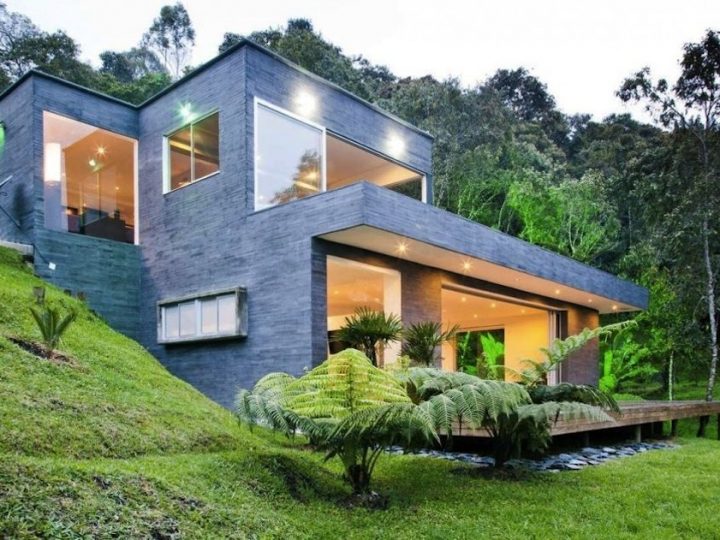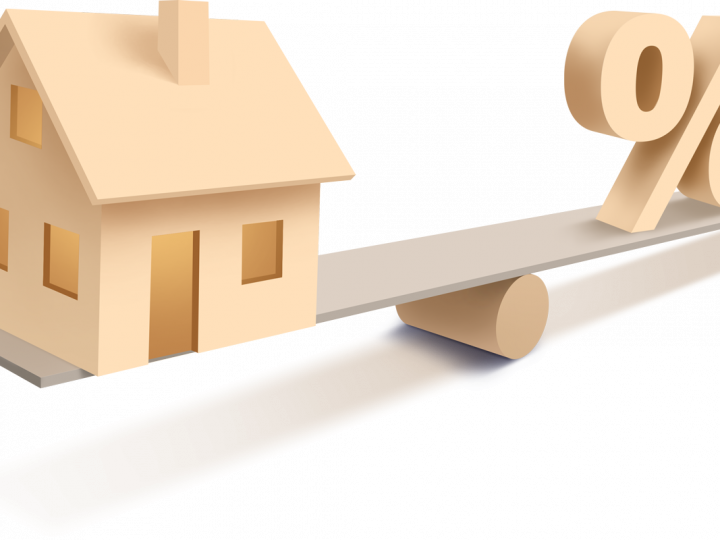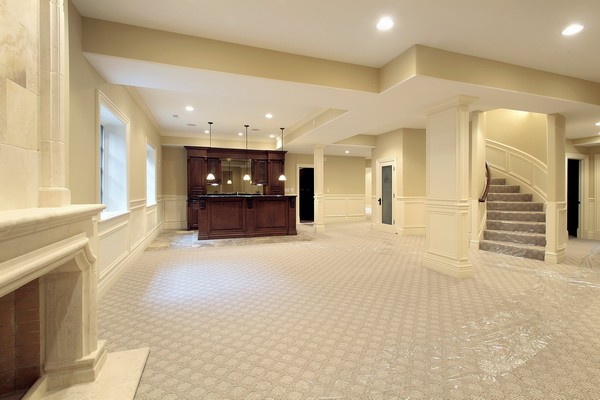Lime building products are experiencing a surge in popularity thanks to the durable and sustainable properties of hydraulic lime which make it viable for constructing new-build masonry homes. Richard Givens, lime technical sales manager, Tarmac Buxtom Lime looks at the key considerations when using lime mortars.
It is ironic that in a market currently awash with new ‘innovative’ and ‘green’ building products designed to help deliver lower-energy buildings, there is a growing niche market for lime-based products that were first used centuries ago.
Specifiers who think that lime mortars should only be used for the restoration of old buildings should re-evaluate this view. Although cement replaced lime as a preferred mortar binder of choice in the 1950s, the development of hydraulic lime mortar means that this material can now be used widely with modern masonry construction techniques. It is particularly suitable for those architects and specifiers with a sustainable focus who are looking to reduce the whole-life carbon footprint of new buildings.
Hydraulic lime is produced from limestone containing clay and ‘impurities’ of silica and clay in the stone from which it is burnt, causing it to harden on contact with water. This makes it much quicker to use than non-hydraulic lime mortars and enables construction to proceed at a steady pace, as long as horizontal loading is not carried out too quickly.
The use of hydraulic lime as an alternative to cement offers a number of benefits – its distinctive properties protect brickwork and extend the lifetime of buildings, but its composition means that when a building reaches the end of its lifetime, unlike with cement, bricks bonded with hydraulic lime can usually be re-used.
Hydraulic lime mortars are easily workable and, when hardened, are less brittle and rigid than cement mortars – allowing the building fabric to accommodate slight movements with temperature change and settling. Crucially, this minimises the problems of cracks, increases the durability and strength of the building and reduces the need for expansion joints, which can often be unsightly and expensive.
Unlike cement, which is impervious, hydraulic lime mortar is porous and permeable, so it takes in and releases air and water, allowing it to escape by evaporation or transpiration. This is important for the control of moisture in buildings, reducing the chance of damp and humidity in the property and the risk of spalling.
The permeability of hydraulic lime can also increase the durability of bricks, as water travels through the mortar instead of being forced through the brick. This process reduces the chance of the bricks eroding and also ensures that when temperatures drop below freezing, there is little water in the brick to freeze and expand, meaning that they are less likely to crack.
Lime is both recyclable and biodegradable, and although the carbon advantage of lime over cement in manufacture is negligible, the use of hydraulic lime mortars ensures that bricks can be recycled when a building reaches the end of its lifetime. Bricks bonded with cement mortar, which is often stronger than the brick itself, cannot be easily recycled because the mortar cannot be removed without causing damage to the brick. Currently, around two million bricks a year are being sent to landfill, demonstrating a clear opportunity for hydraulic lime mortars to improve the long-term sustainability of
masonry construction.
Advances in the development of hydraulic lime mortar mean that the traditional benefits of lime are combined with up-to-date manufacturing and quality control. At Tarmac Buxton Lime, we have developed the White Peak Natural Lime (NHL) range of high-quality lime-based products to provide specifiers with a viable alternative to cement-based mortars.
The market for hydraulic lime in the UK is expanding, and despite the market dominance of cement mortars, it is becoming increasingly clear that this product has an important role to play in providing durability, strength and whole-life sustainability in modern masonry construction.




